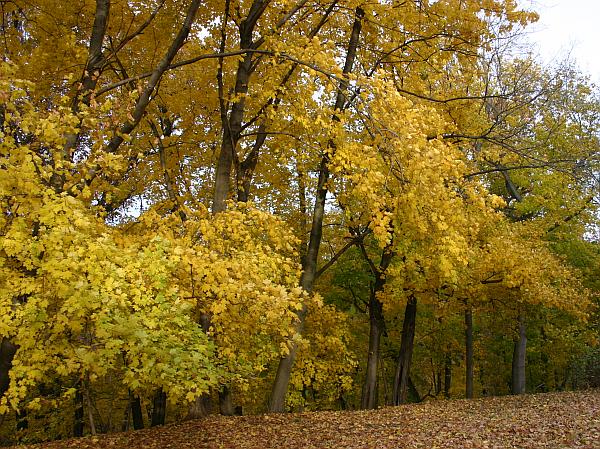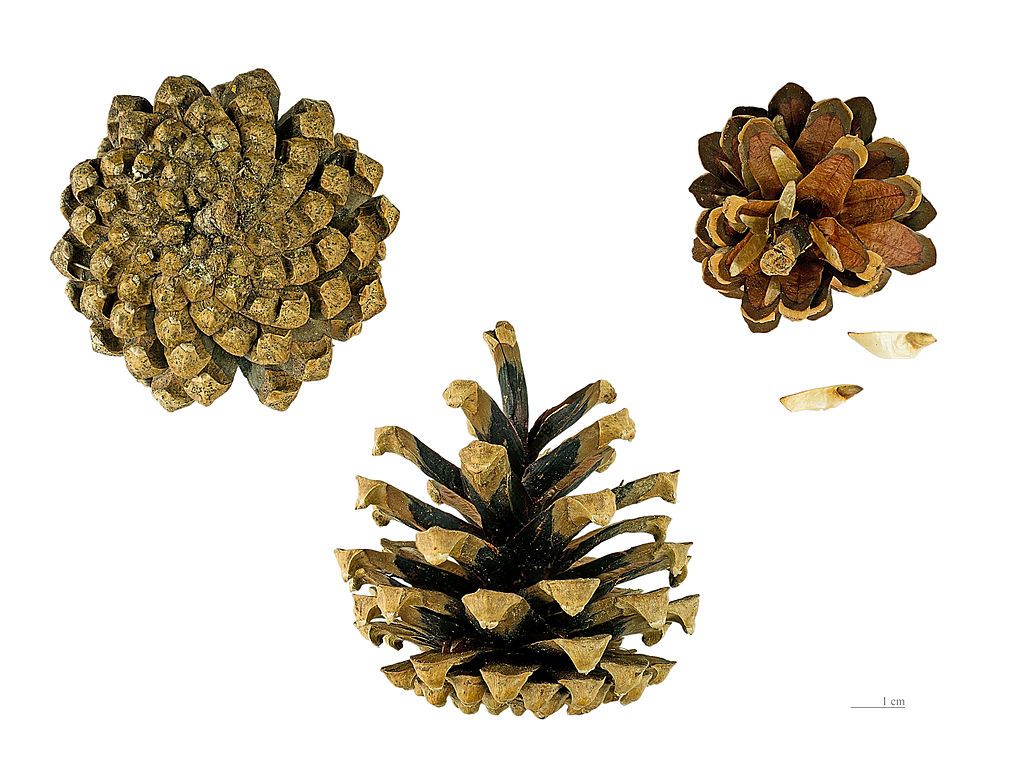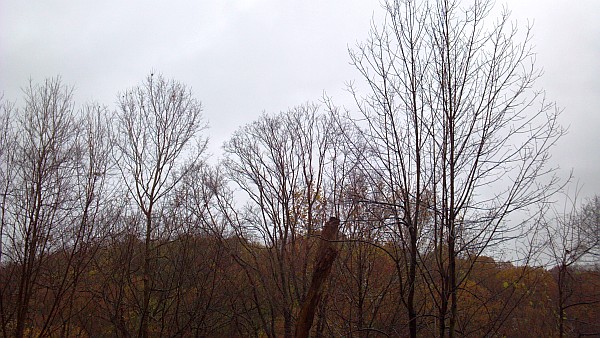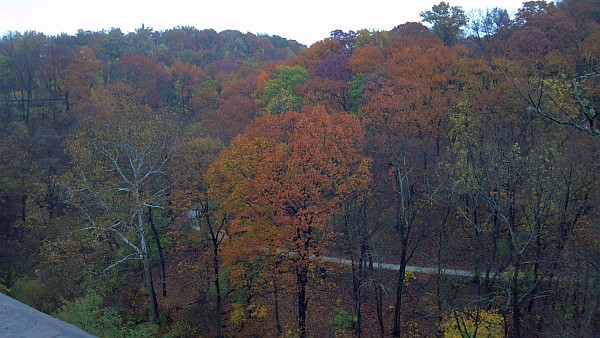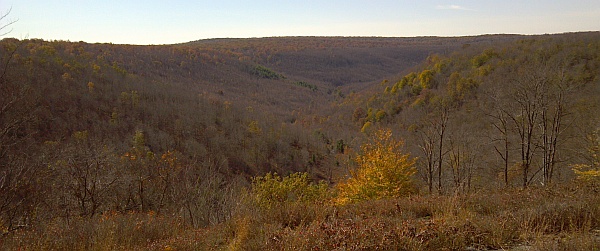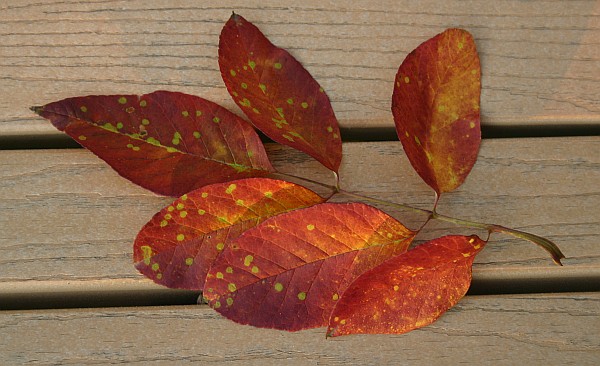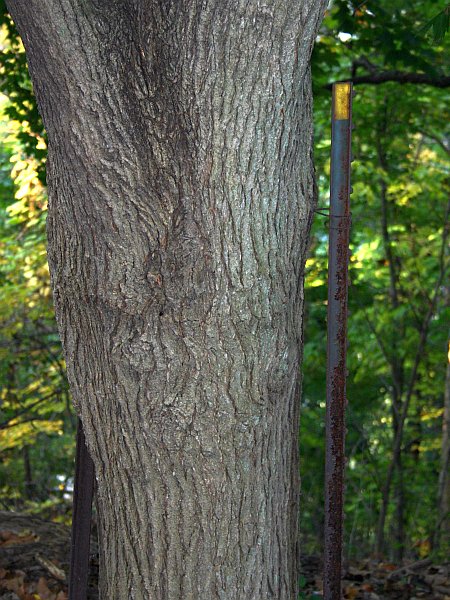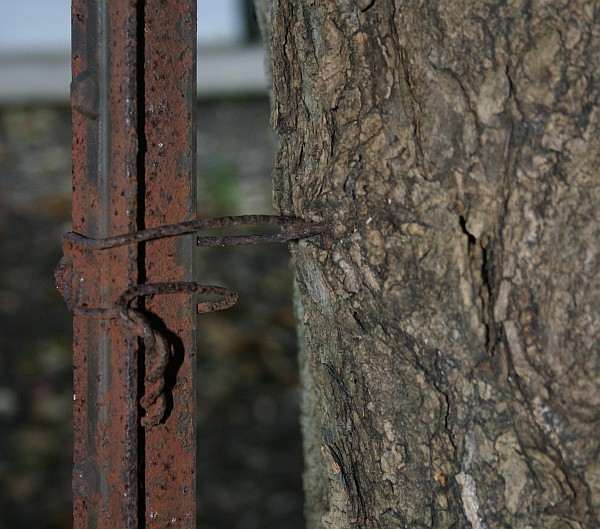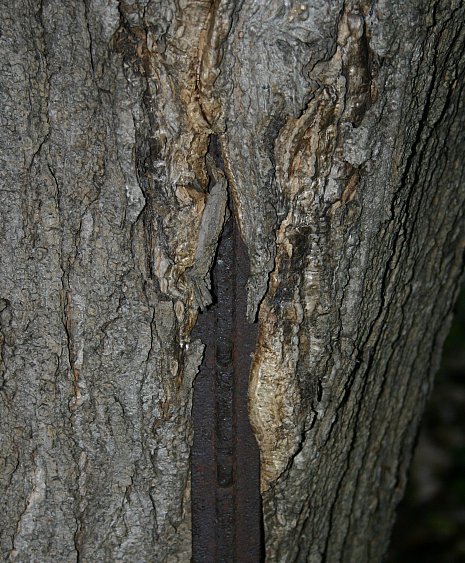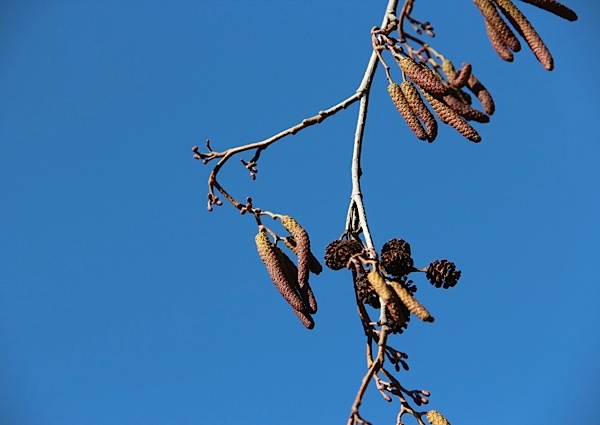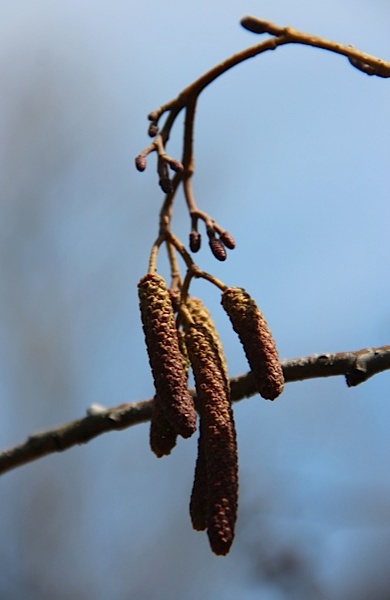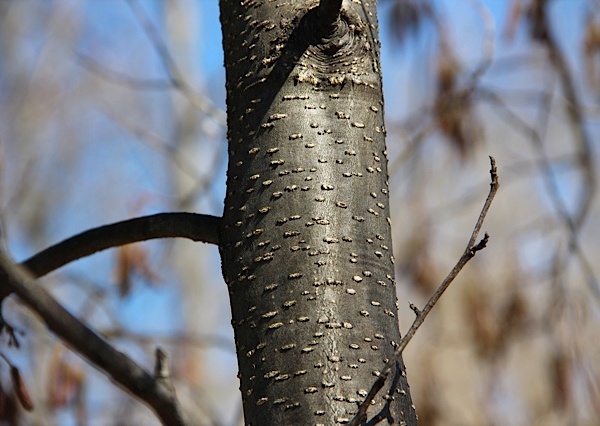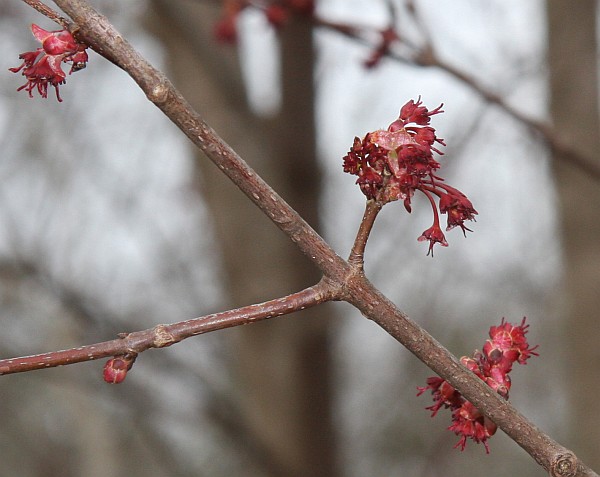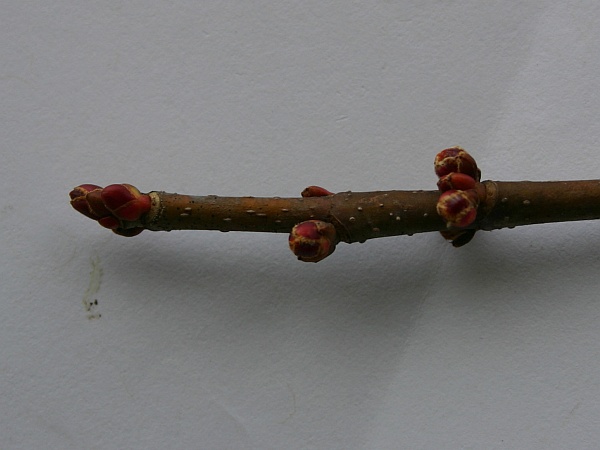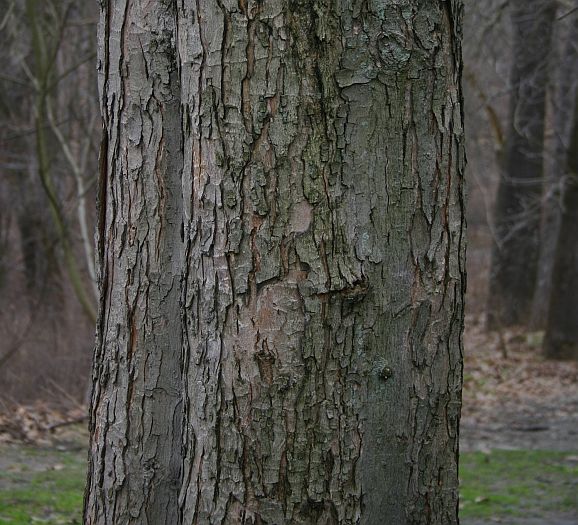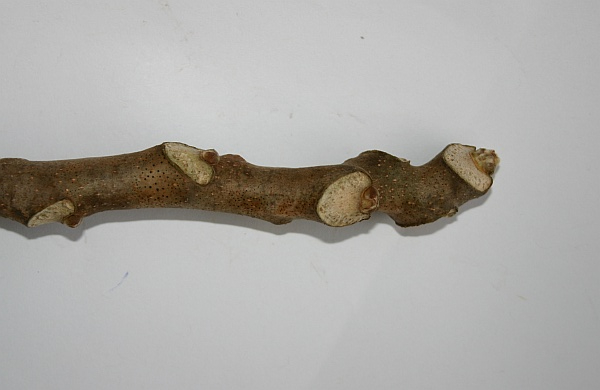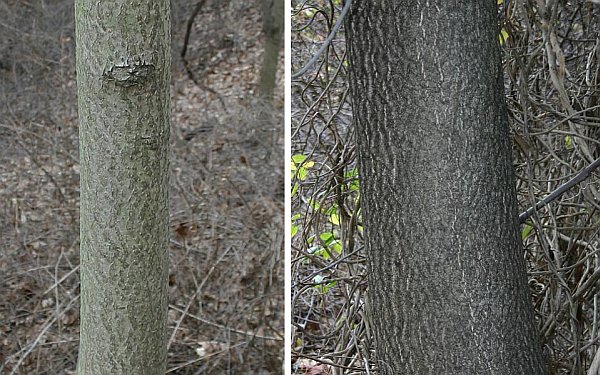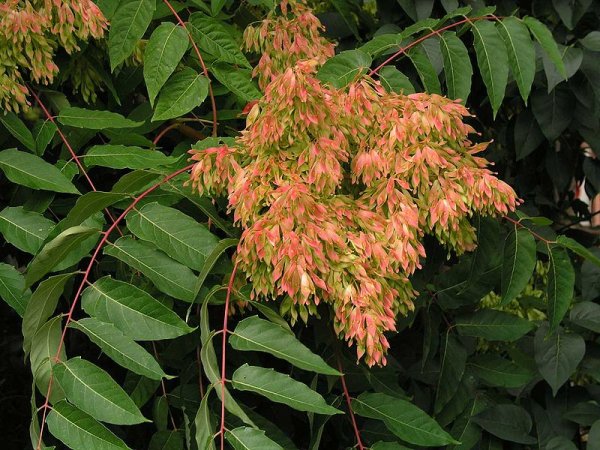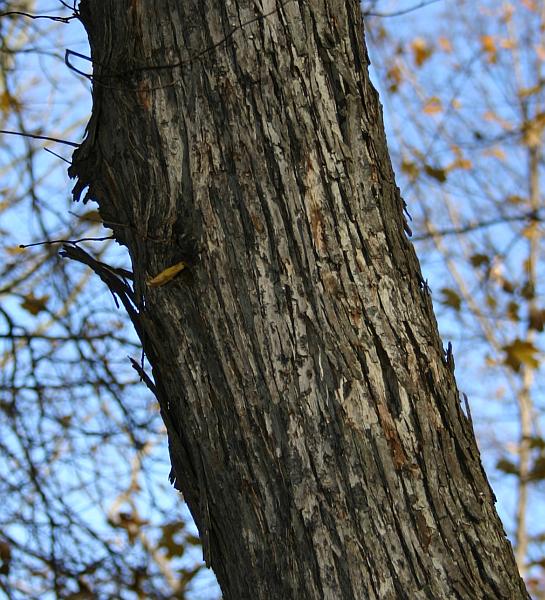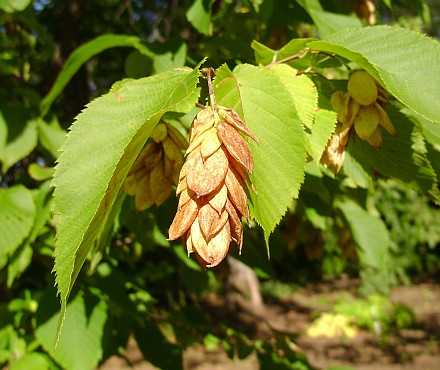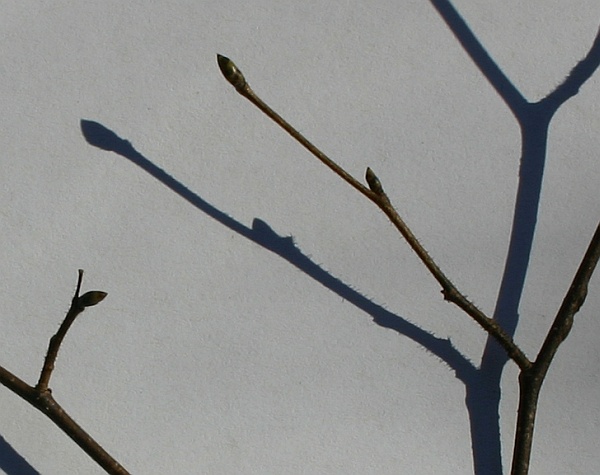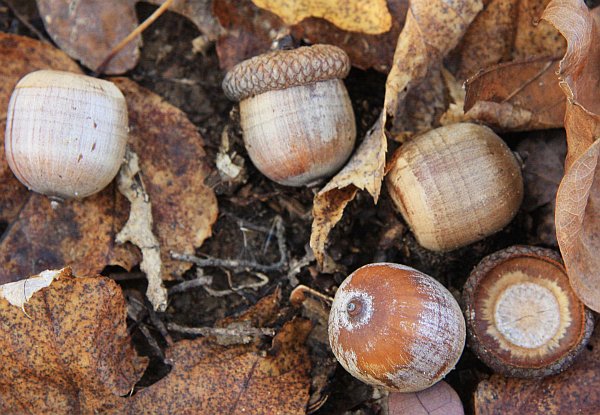
3 October 2013
Stop and listen in Schenley Park right now and you’ll hear acorns falling, blue jays calling and squirrels scurrying. It looks like a bumper crop for acorns in Pittsburgh. (*see p.s.)
Right now the red oaks are putting on a show. Acorns in the white oak group mature in the same year they flower. Acorns in the red oak group take two years to mature so those falling now were formed in the hot spring and summer of 2012, influenced by spring precipitation, summer temperatures and the date of the last killing frost.
Though we (usually*) don’t eat them, acorns are a key link in the woodland food web. They’re so popular that oaks have evolved an abundance-scarcity strategy to throw off their consumers. In some years acorns are so abundant that the crop overwhelms the acorn-eaters. In other years they’re so scarce the consumers go hungry. To further confuse things the oak groups cycle on different schedules: white oaks have a bumper crop in 4-10 years, red oaks on a 3-4 year basis.
Who eats these acorns? Squirrels and chipmunks are the obvious consumers but plenty of other species depend on them including white-footed and deer mice, blue jays, red-headed woodpeckers and wild turkeys. Deer, ruffed grouse, bears, mallards and wood ducks eat acorns, too.
The bumper crops have a ripple effect. A 24-year study, headed by Clotfelter and Pedersen in the southern Appalachian Mountains of Virginia, followed the effects of acorn crops on rodent abundance, raptor abundance and the nesting success of ground-nesting birds. They focused on white-footed mice, deer mice and dark-eyed juncoes and found these amazing acorn effects:
- The population of white-footed and deer mice increases in the year after a bumper crop of acorns.
- Rodents attract predators so the raptor population increases.
- Too many rodents and raptors causes junco nest failure due to predation on eggs, nestlings and birds.
- Mice eat gypsy moths so the gypsy moth population drops.
- The number of ticks increases as white-footed mice and deer increase.
And then, this information from PLOS links acorns to Lyme disease: Lyme disease increases predictably two years after an acorn bumper crop because white-footed mice are a main reservoir for the Borrelia burgdorferi bacteria.
Don’t blame the acorns.
Everything is connected to everything else.
(photo from Wikimedia Commons. Click on the image to see the original)
*p.s. Is this a bumper crop year? I wrote about acorns because I’ve been dodging them in Schenley Park as they fall, but not all the trees are prolific. Hmm….
*”We don’t usually eat acorns”: Well, we can if we put a lot of work into it. See kc’s comment!
